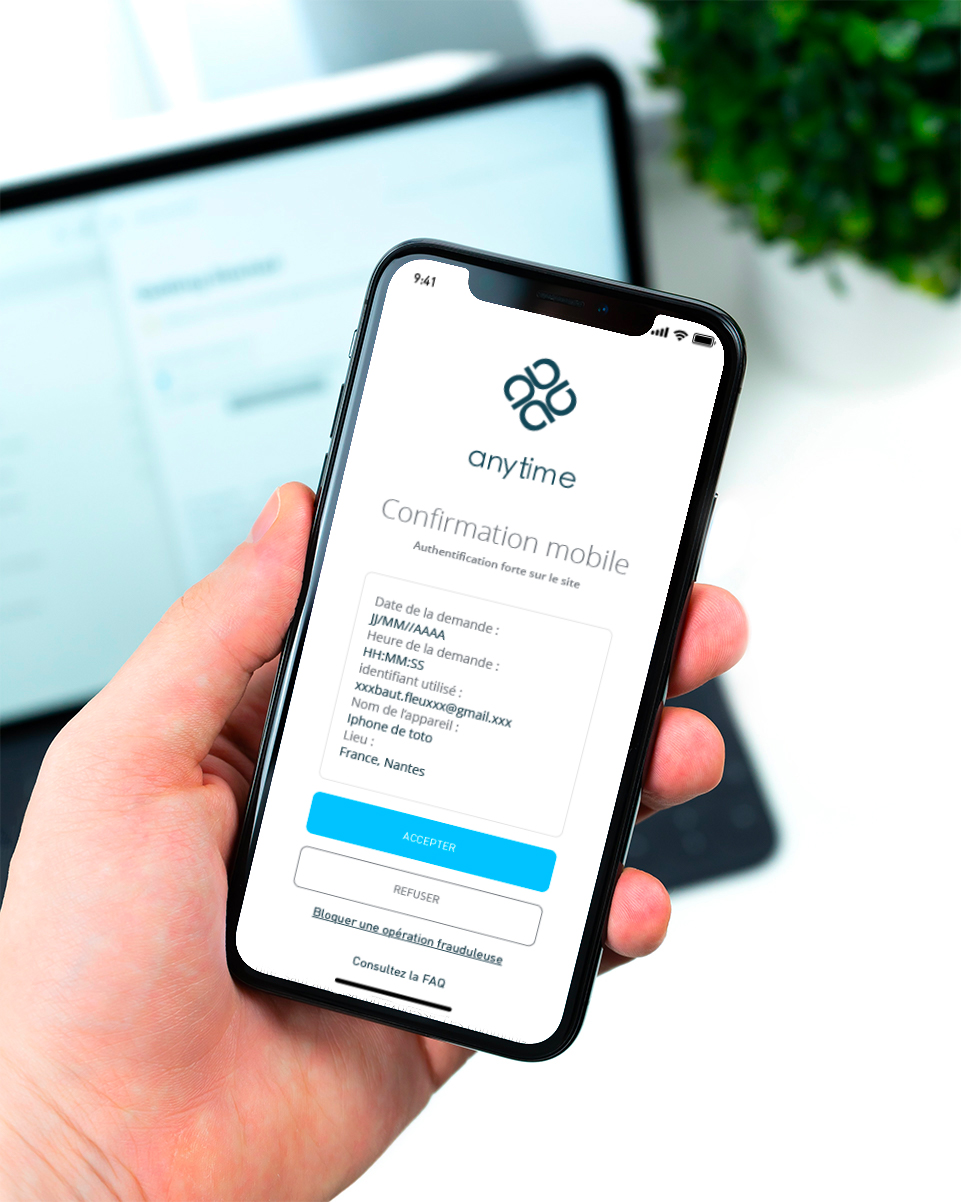
👉 En quoi consiste l’authentification forte ?
Adoptée en 2018, la DSP2 est une directive européenne 🇪🇺 qui permet d'accroître la sécurité des achats en ligne 🔐
👉 Quel fonctionnement implique cette directive ?
Saisir les codes de votre carte et utiliser le protocole 3D Secure via un SMS ne suffira plus ✋
Certaines banques ont déjà mis en place des espaces dans leurs applications.
Mais pour les personnes n'ayant pas de smartphone, un SMS accompagné d'un mot de passe permanent ou un boîtier fourni par la banque leur octroyant un code à usage unique sont des solutions envisagées.
L'idée d'utiliser la reconnaissance faciale, vocale ou digitale est aussi émise 📱

À ce jour, selon une étude Natixis, l'authentification forte ne serait mise en place que pour 30% des achats sur internet. Or le e-commerce est en plein boom, surtout depuis la crise sanitaire qui oblige les consommateurs à rester chez eux ou à limiter leurs déplacements en magasin 🤯
C'est pourquoi, depuis le 15 avril 2021, l'authentification forte est mise en place pour tous les paiements de plus de 100 euros et à partir du 15 mai, pour tous les paiements, quelque soit le montant.

👉 Quelles sont les conséquences d'une telle directive ?
De nombreux commerçants s'inquiètent de subir une baisse de leur chiffre d'affaires 😨
💡 En effet, cette authentification forte appelle plusieurs acteurs à collaborer. Le client est transporté de page en page. Non seulement il peut abandonner si le processus est trop long, mais en plus le risque d'échec du paiement est multiplié 🤯
Par ailleurs, les sites étrangers qui vendent en France vont devoir s'adapter à cette nouvelle règle.
Au niveau européen, cela devrait aller, car la directive s'applique dans de nombreux pays. Les bons élèves comme les pays nordiques en ont déjà fait une norme ✅ Mais qu'en est-il des USA ou de l'Angleterre ?
Les acteurs off-line semblent aussi être les oubliés de cette directive. Contrairement aux secteurs déjà omniprésents sur le net, eux n'ont pas fait de ce sujet une priorité de développement 😕








